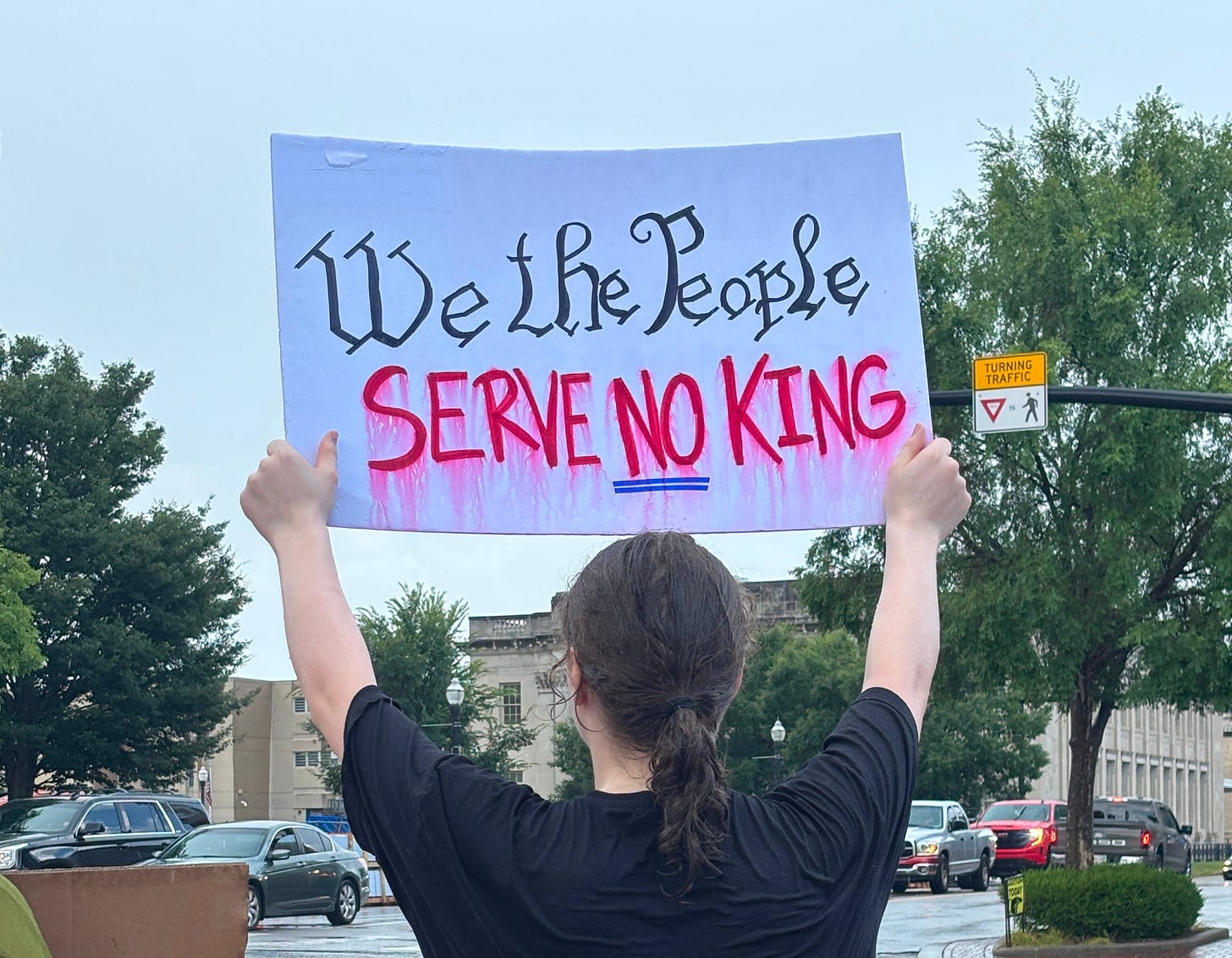Protests, police and persuasion
Despite public outcry, the authoritarian juggernaut of Trump and Republicans steamrolls on.
If you appreciate this post, which includes reporting from Ohio from American Doom intern and reporter Chloe Hall, please consider a paid subscription to support our independent journalism.
HAMILTON, Ohio — Early Saturday afternoon, a small group of protes…
Keep reading with a 7-day free trial
Subscribe to American Doom to keep reading this post and get 7 days of free access to the full post archives.





